An Isle For An Isle : Sand Dredging in Cambodia
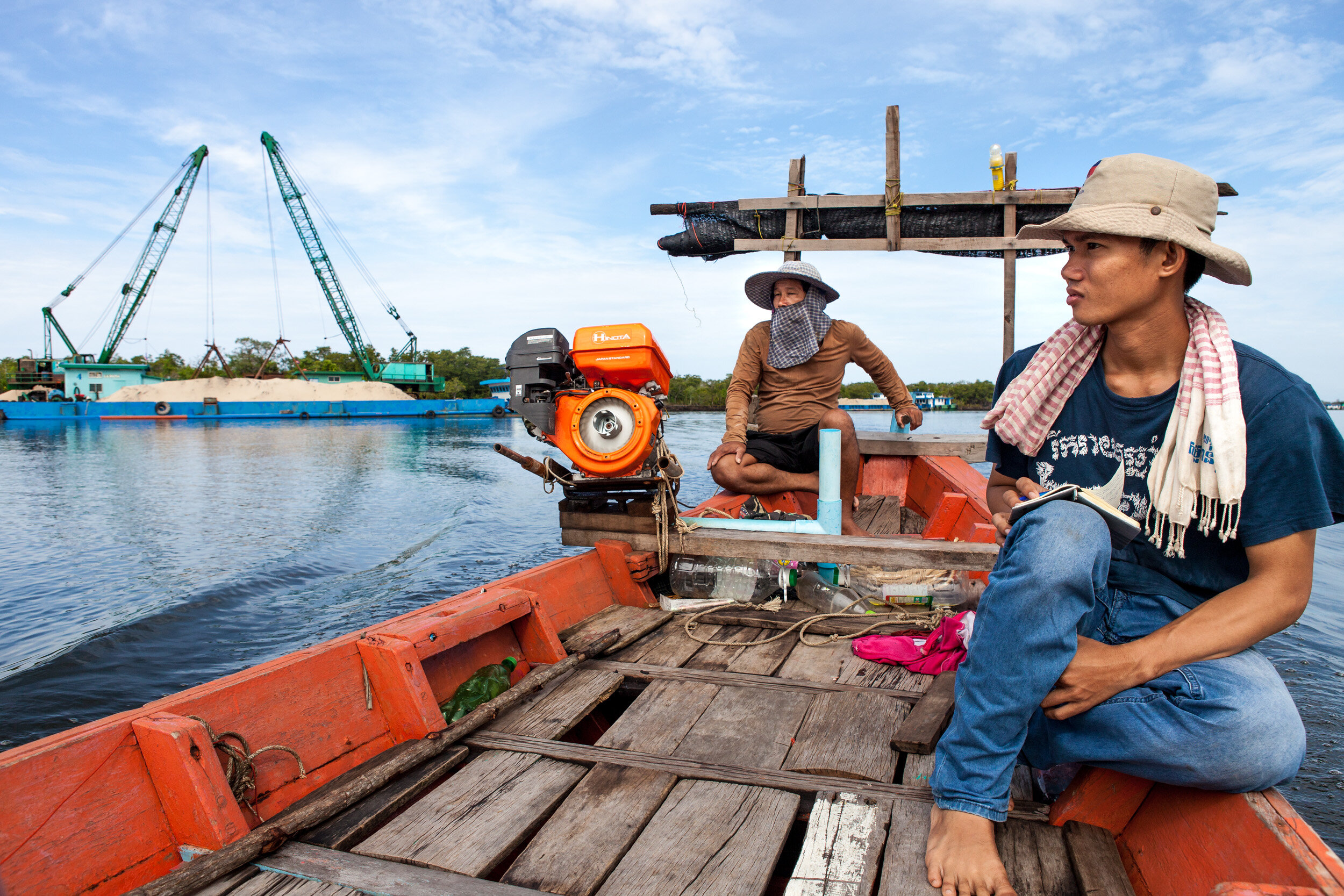
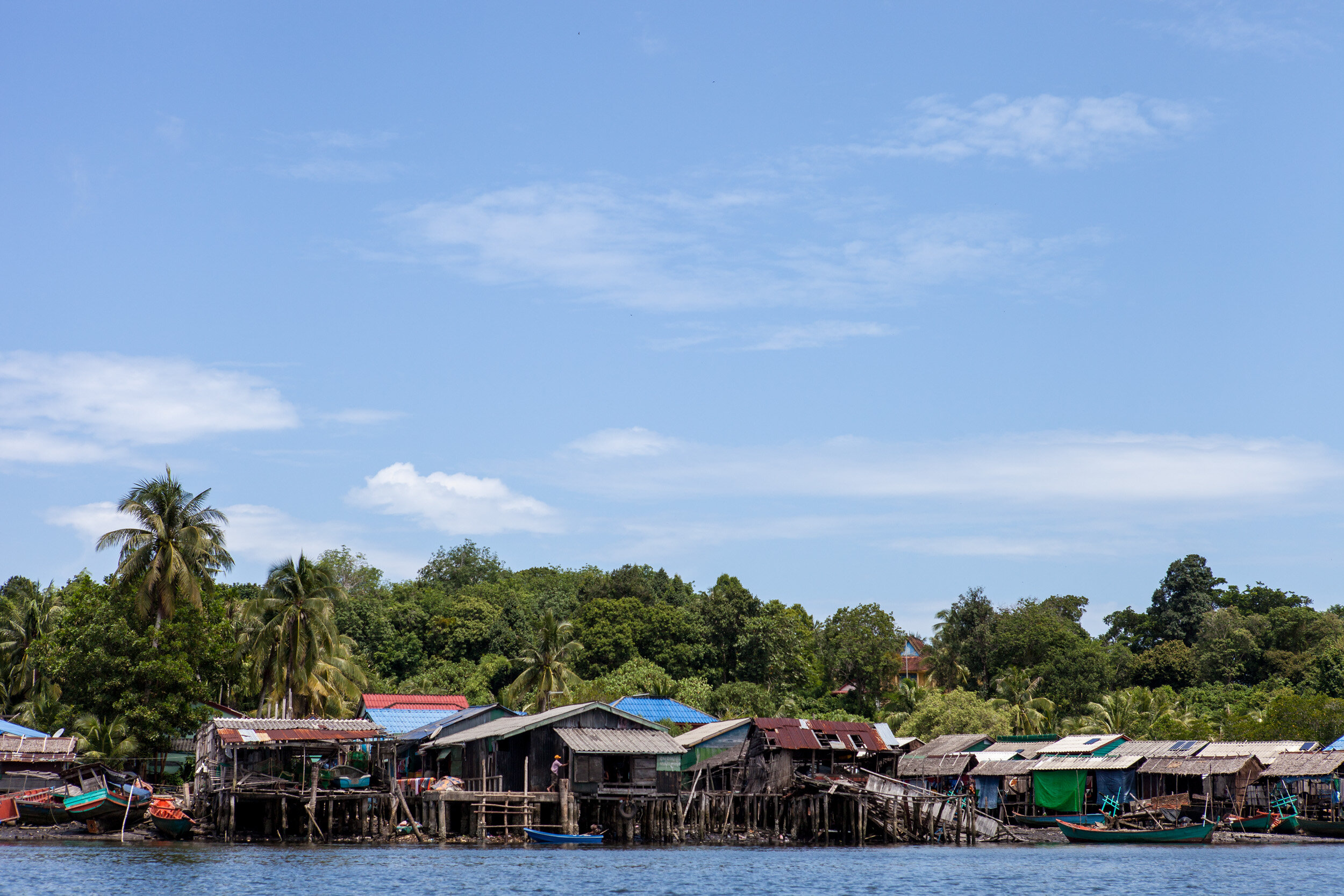
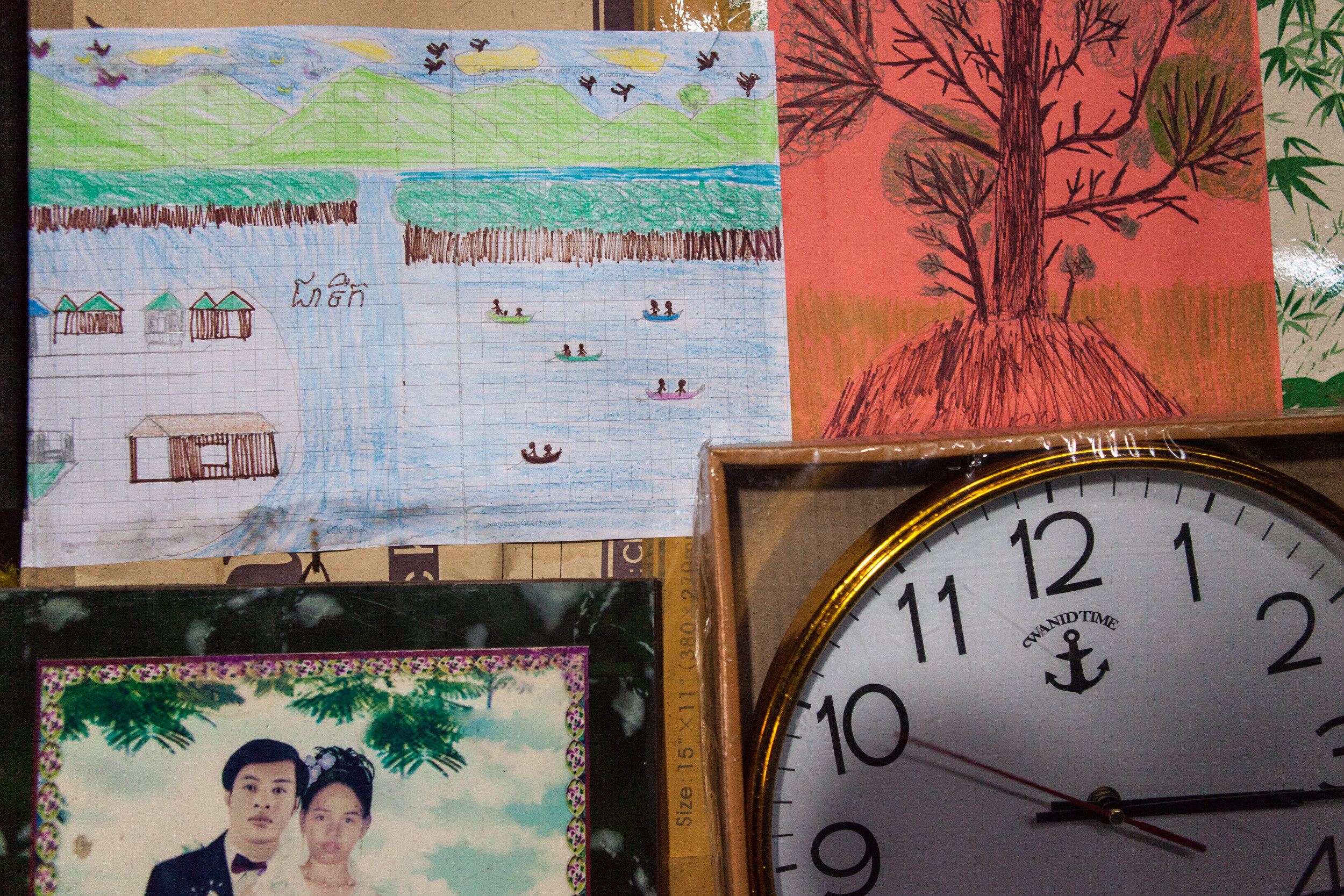
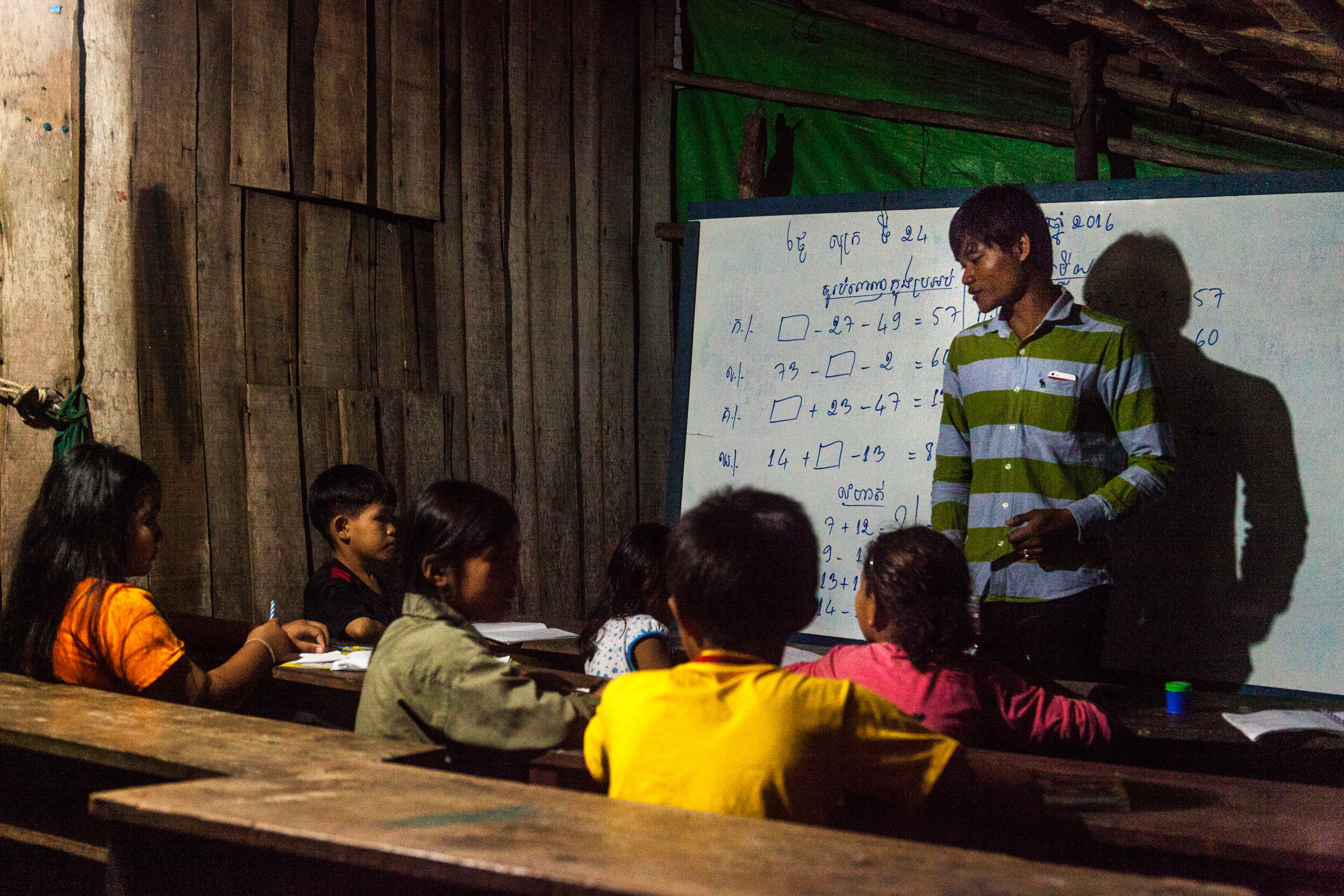
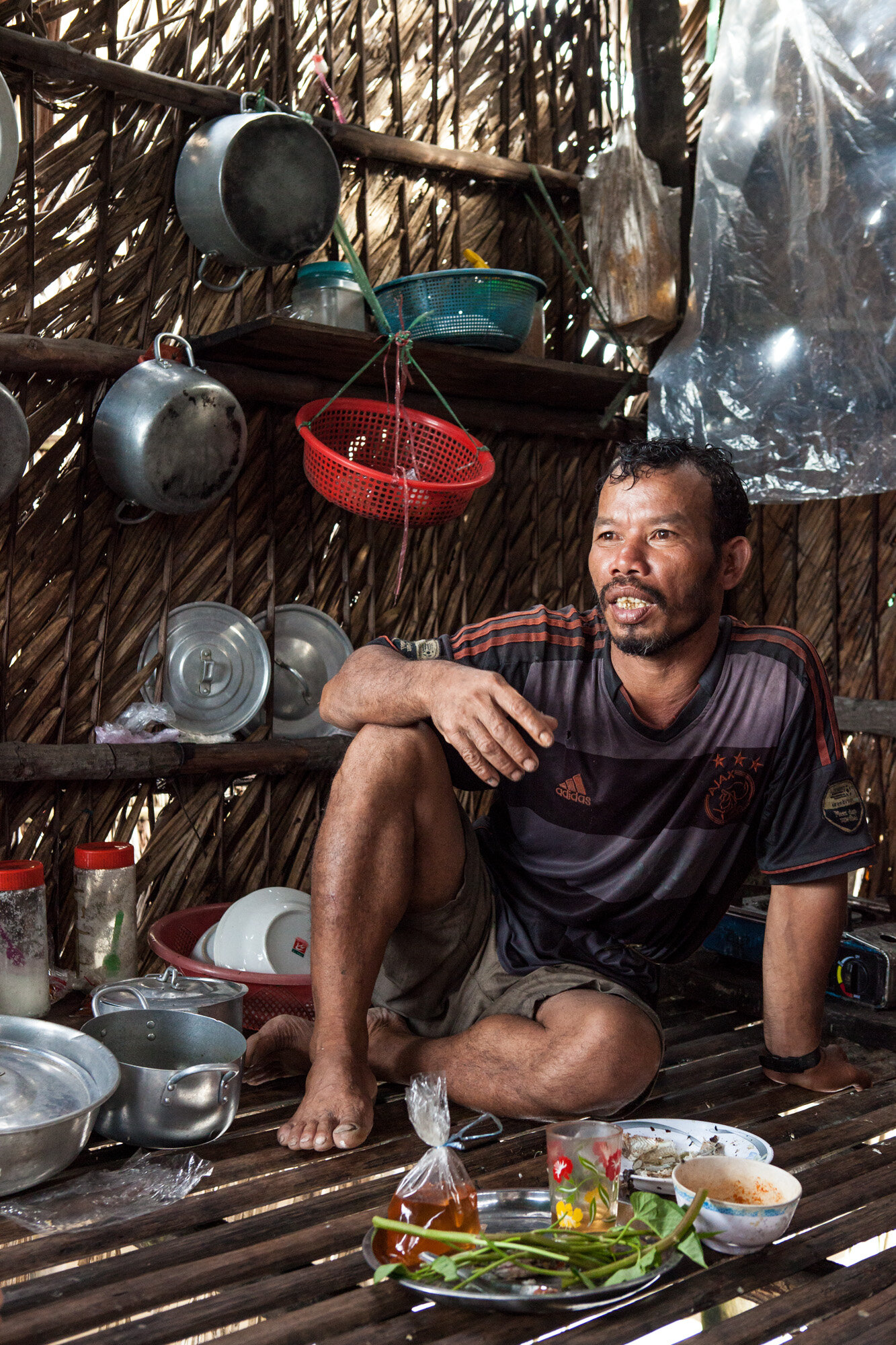
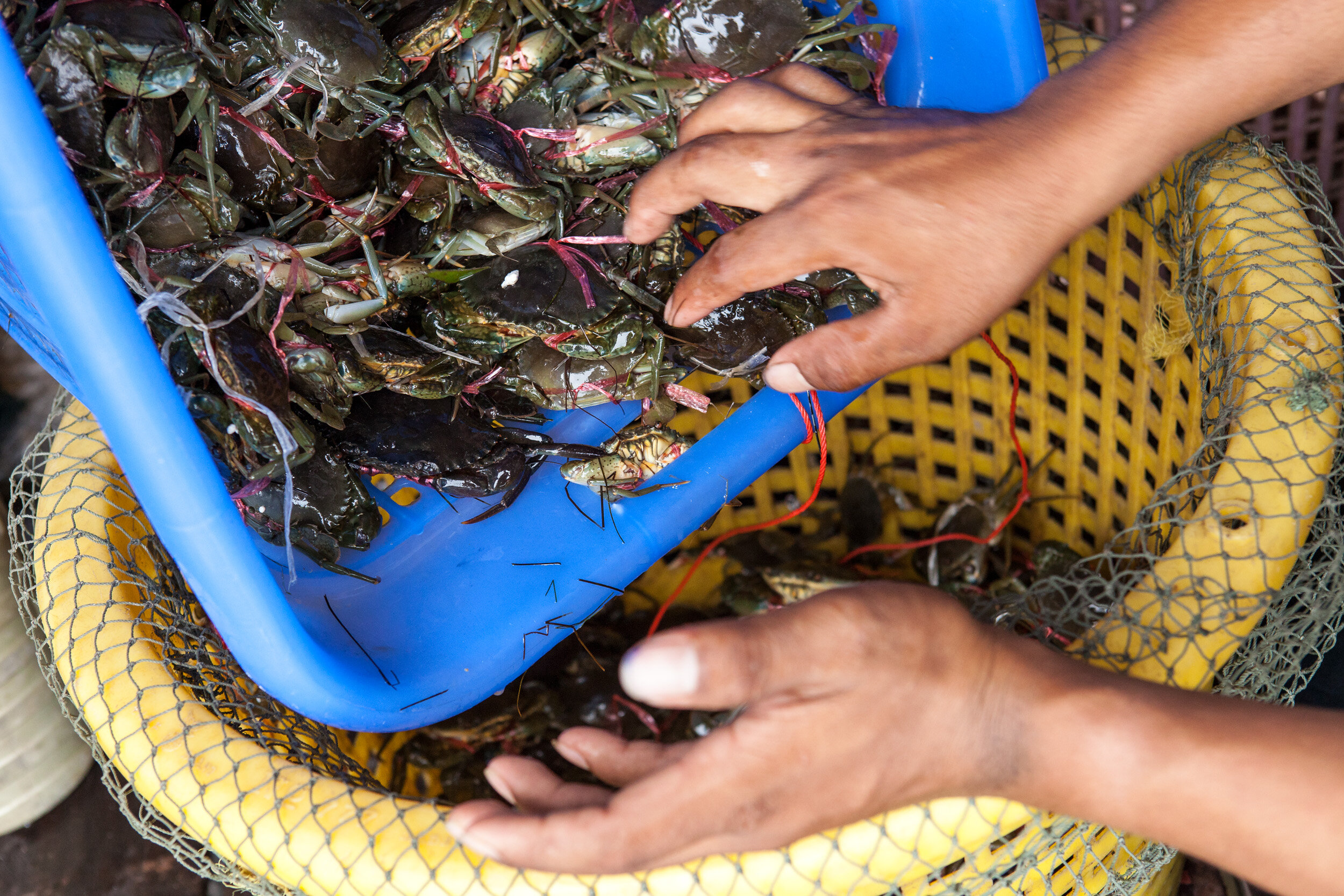
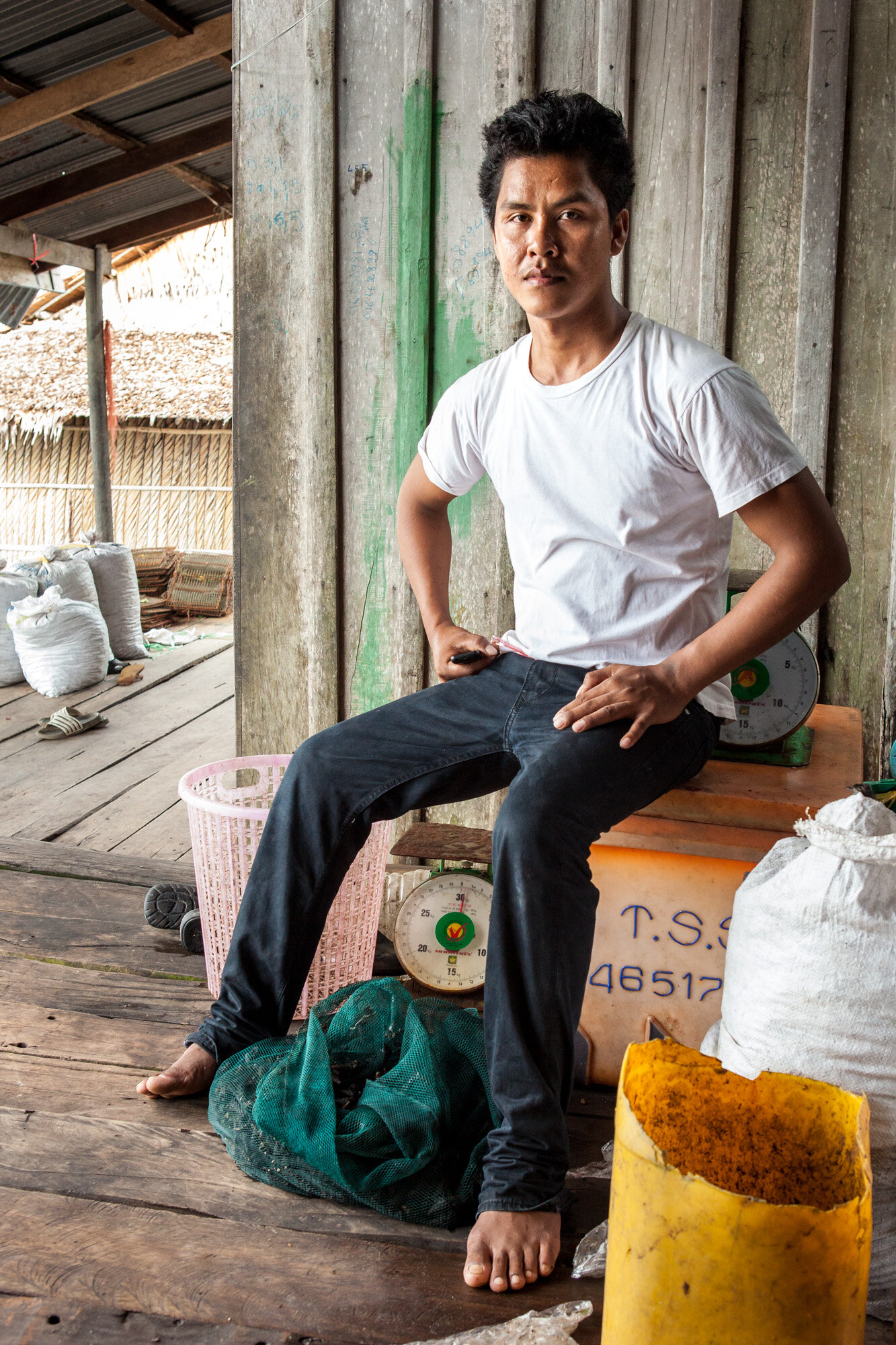
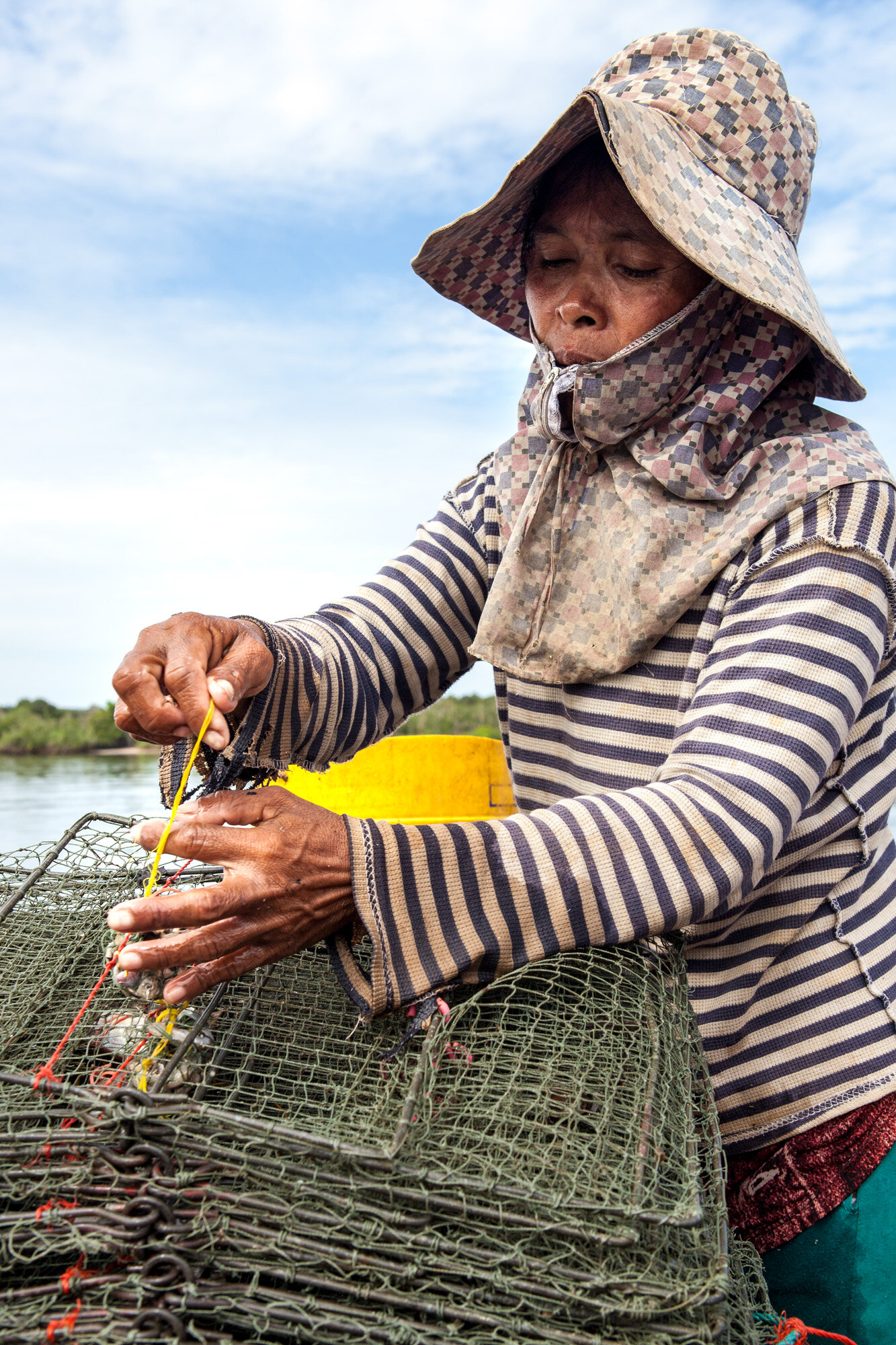
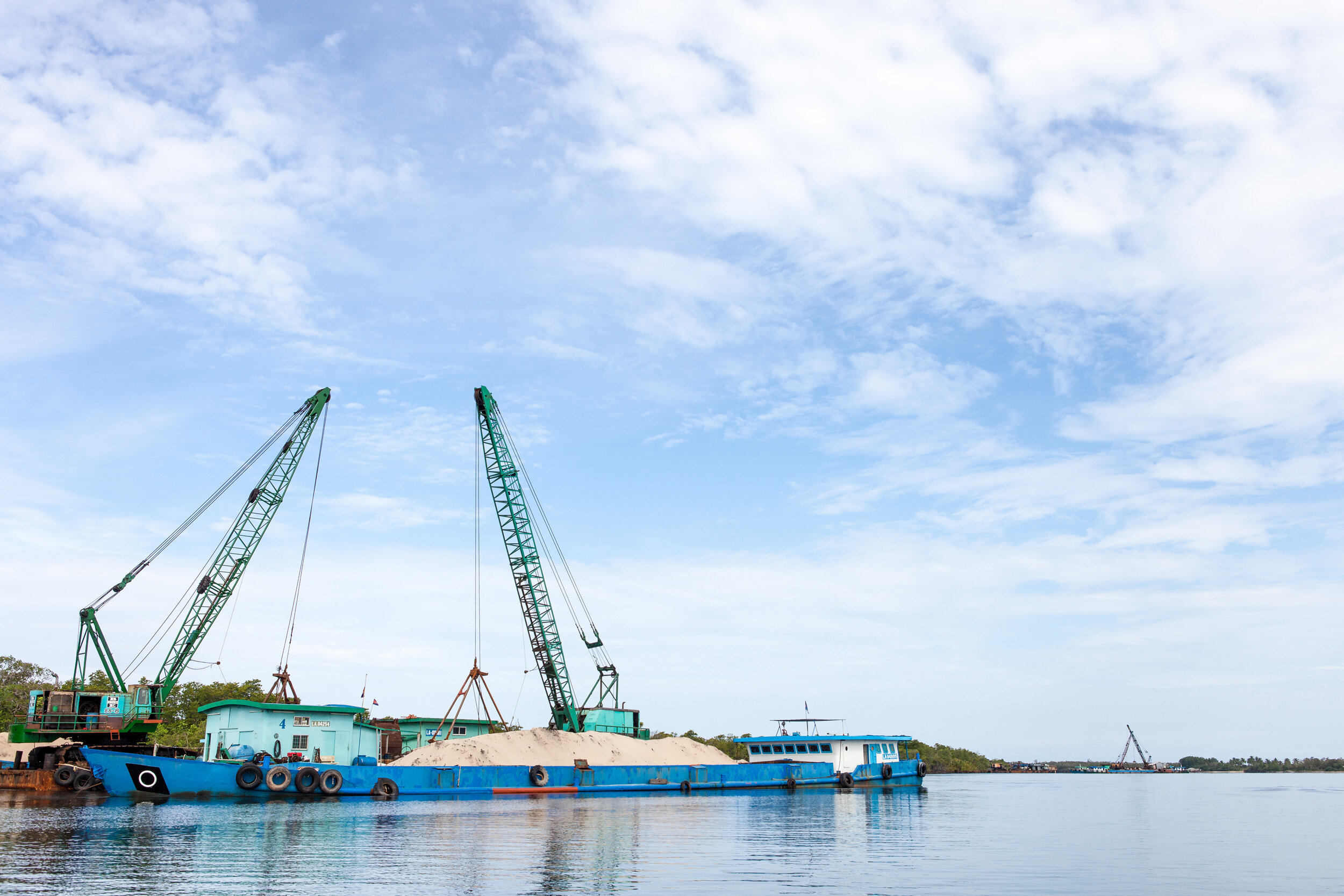
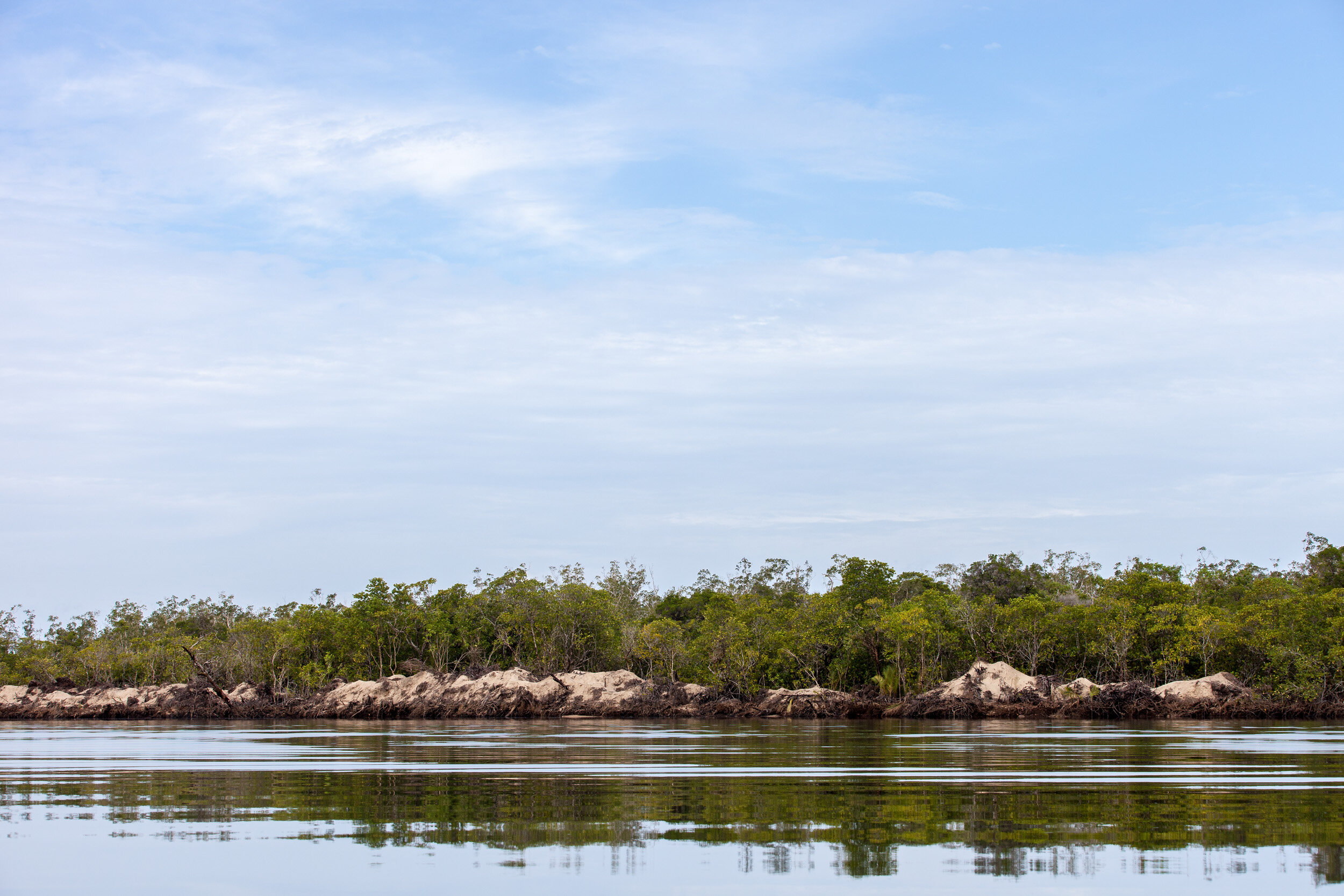
In the south-west of Cambodia, the Tatai river meanders from the Cardamom Mountains through Koh Kong province toward the sea. At the mouth of the river, plantations and palms give way to dense mangrove swamps on islands of sand. Hidden among them- tucked in the estuaries, accessible only by boat- is the fishing village of Koh Sralau. If life here was ever idyllic, that time has long passed. These islands are under siege, and the livelihoods of the inhabitants are shattered, as the sand beneath their island and river system is stripped and shipped away.
Lurking along the tattered and slipping shoreline of the Tatai are sand barges and dredging vessels. The act of ‘dredging’ sucks up sand from below the marine floor to deposit on the barges, disturbing and polluting the water in the process. As over-dredging causes the river bottom to lower, riverbanks erode, mangrove forests submerge, and entire sand islands are lost. This destruction is all the more acute in a time of rising sea levels and increasing extreme weather events.
Eight years of dredging around Koh Kong has endangered local species of dolphin and turtles, and devastated the stocks of fish, crabs and snails that villages like Koh Sralau rely on for food and trading. The destruction has decimated the incomes of the local community, whose catches have reduced by between 70 and 90 per cent. With their income in tatters and unable to afford the expense, some parents have been forced to pull their children from school. Almost every family has at least one member who has relocated to nearby Thailand, where the pay is meagre, but steady. The shadow of debt hangs over many households.
Corruption, sand smuggling, and illegal sand mining have contributed to hundreds of millions of dollars worth of discrepancies in sand exports to Singapore from Cambodia. More than 56 million tonnes of sand imported by Singapore from 2007 to 2015 cannot officially be accounted for. Grain by grain, the Cambodian coastline and her ecosystems are being traded away to expand foreign lands.
Photographed in 2016 for the article 'Koh Kong fishermen struggle in the shadow of sand dredgers' by Phnom Penh Post reporters Phak Seangly and Shaun Turton.